
Some military bases feel more like small cities, buzzing with activity and convenience. Others? Let’s just say they redefine solitude. This list isn’t about the easy-to-reach or the bustling. It’s about the ones way off the grid—where civilization feels like a rumor and silence isn’t golden; it’s a standard issue.
Fort Irwin, California
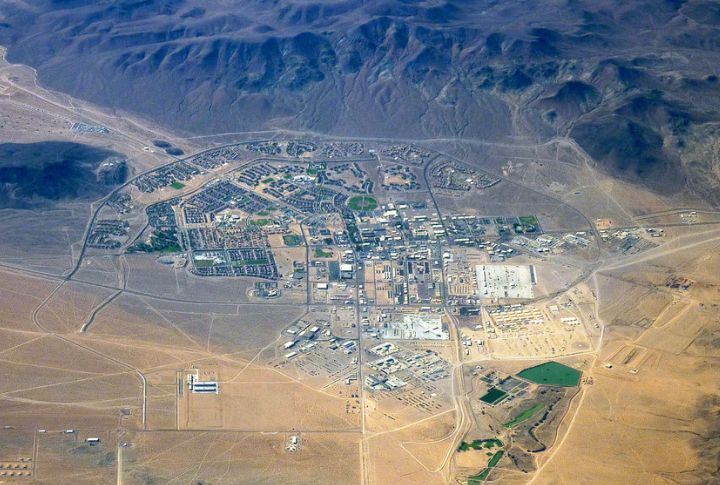
Perched in the Mojave Desert, Fort Irwin is surrounded by miles of arid nothingness. This training center specializes in simulating real-world combat scenarios, complete with faux villages. The blazing summer heat and desolate location make it a prime spot for honing survival skills.
Dugway Proving Ground, Utah
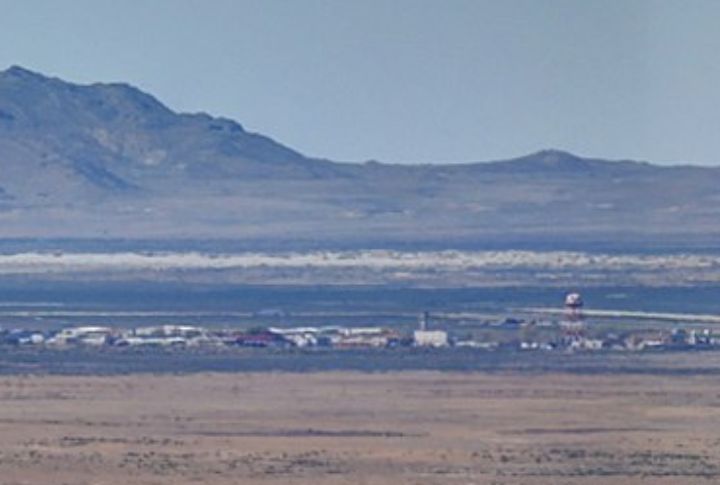
Somewhere deep within Utah’s west desert, Dugway Proving Ground is where the U.S. tests chemical and biological defenses. The surrounding emptiness ensures safety—or so they say. With vast stretches of barren terrain, it’s not just isolated; it’s the kind of place where you question whether the world still exists beyond the horizon.
Eielson Air Force Base, Alaska
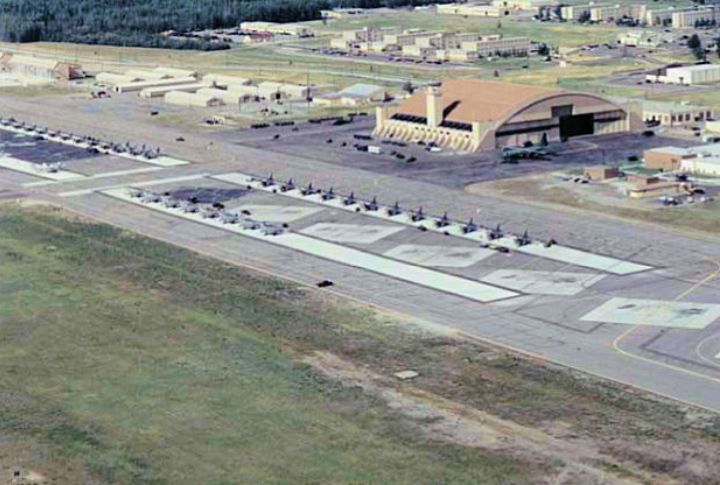
Located 26 miles southeast of Fairbanks, Eielson is all about extremes: subarctic winters, near-total summer daylight, and isolation, the last of which isn’t accidental. Its remote location supports Arctic training operations, and if you’ve ever wondered what it’s like to be on the edge of nowhere, ask the personnel deployed here.
Fort Greely, Alaska
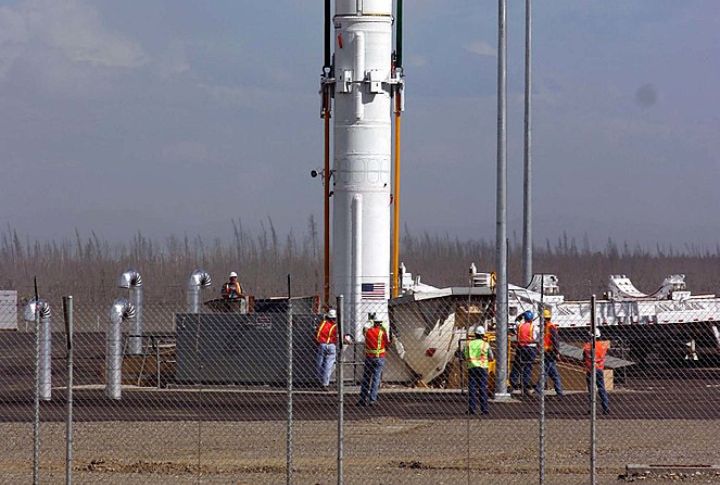
Even by Alaskan standards, Fort Greely is remote. Situated near Delta Junction, it’s home to the Ground-Based Midcourse Defense system, as this frigid and sparsely populated place is ideal for missile testing. Life here revolves around duty and layers of thermal gear, with only moose being witness to the constant evolution of America’s long-range arsenal instead of civilians.
White Sands Missile Range, New Mexico
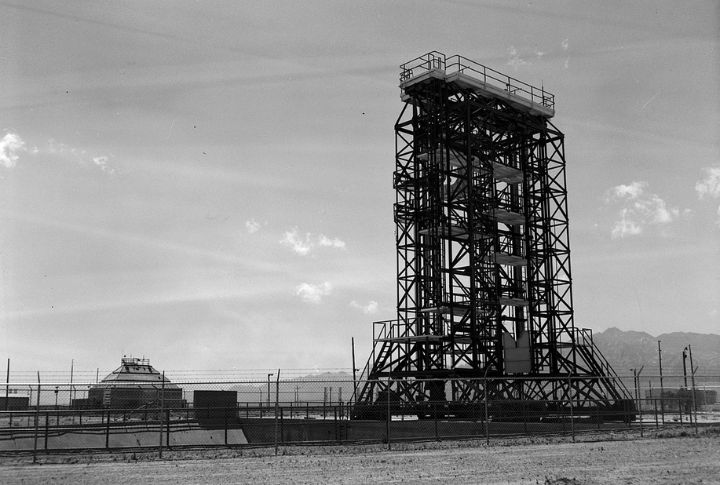
In the heart of the Chihuahuan Desert lies White Sands Missile Range, the largest armed forces installation in the U.S.—an expansive, empty, canvas of glaring white gypsum sands. White Sands provides the perfect backdrop for testing missiles and other weaponry, as a stunning and stark reminder to recruits that they’re in the middle of nowhere.
Cannon Air Force Base, New Mexico
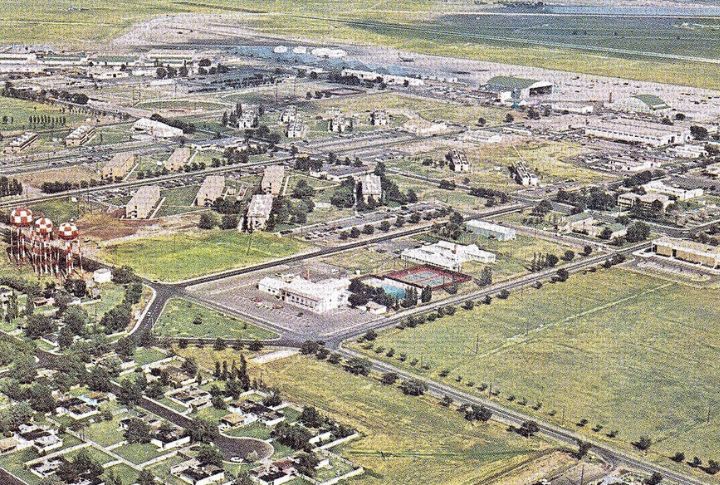
Cannon AFB sits near Clovis, a small town that feels like the last outpost before open plains take over. Special Operations Command units train here, benefiting from the vast, uninhabited terrain. While the sunsets are spectacular, the sparse surroundings leave little to distract from the job.
Mountain Home Air Force Base, Idaho
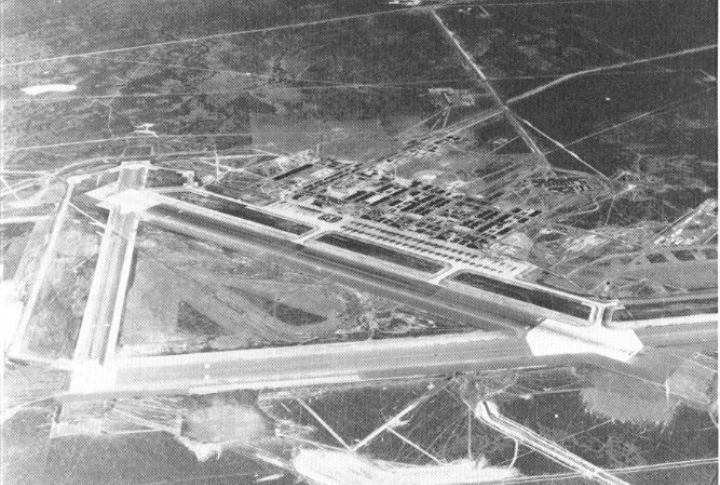
In southwestern Idaho, Mountain Home AFB is surrounded by sagebrush and rolling hills, which is the perfect kind of isolation for intense air combat training—without the risk of disturbing civilian areas with sonic booms and screaming jets. Nevertheless, while the name suggests grandeur, it’s less “mountain” and more “humble wilderness.”
Fort Bliss, Texas
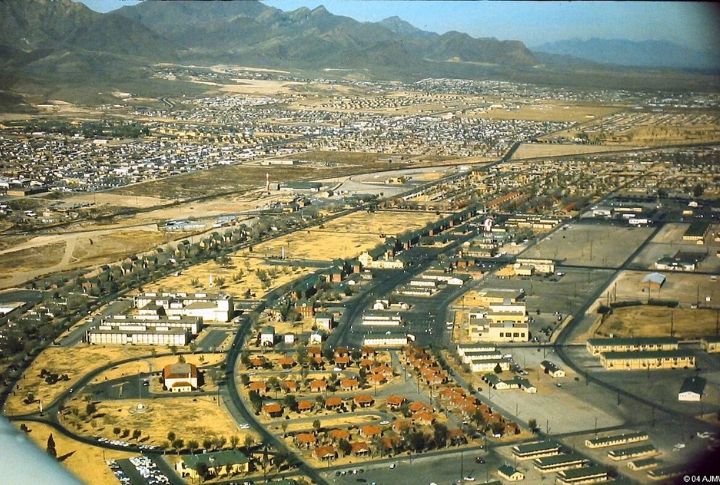
Spanning parts of Texas and New Mexico, Fort Bliss, with its sprawling desert environment, is one of the largest Army bases by land area. The base’s vastness is perfect for artillery training, although El Paso’s proximity adds a dash of civilization. However, much of the base remains surrounded by vast, empty land, so there is no risk of collateral damage.
Edwards Air Force Base, California
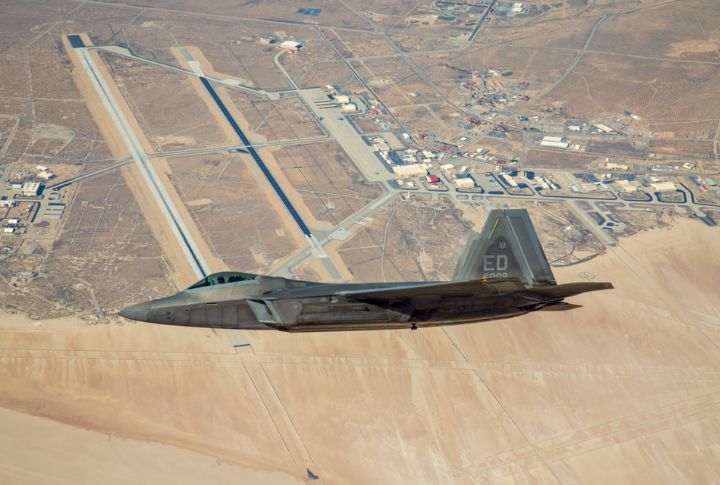
Tucked in the High Desert, Edwards AFB is synonymous with aviation innovation. Its dry lakebeds serve as natural runways and are ideal for testing experimental aircraft. But outside the base, there’s little but sand and scrub. So, the only thing breaking the silence of this barren expanse is the roar of jet engines.
Minot Air Force Base, North Dakota
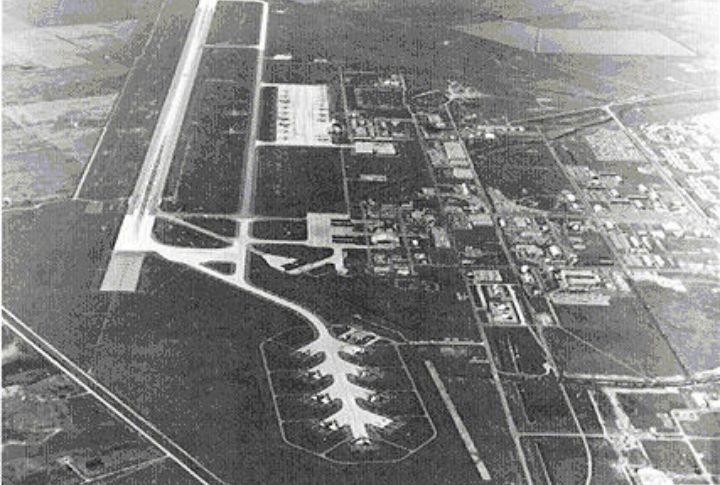
“Why not Minot?” goes the saying. The answers to that question are—winters so cold they’re legendary and isolation that’s almost palpable. The Minot Air Force base, which is home to B-52 bombers and nuclear missile fields, thrives on solitude, which is a strategic necessity for its sensitive operations.
Fort Polk, Louisiana
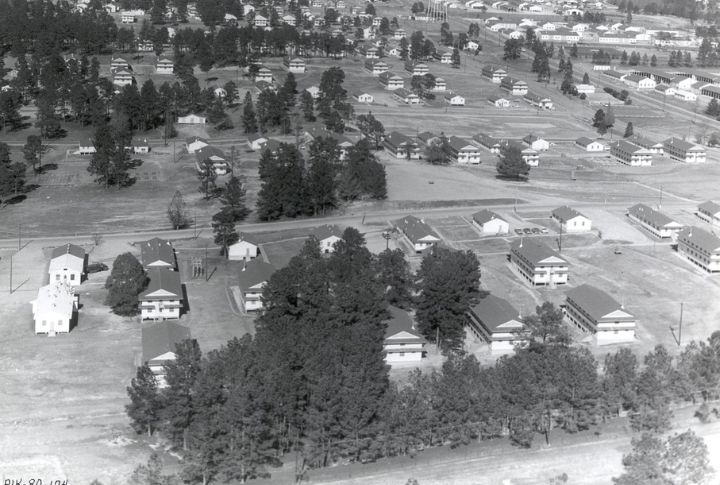
Hidden in the piney woods of west-central Louisiana, Fort Polk hosts rigorous combat training exercises, which recruits can focus on thanks to its remoteness. Additionally, the humidity and surrounding swamps make it the kind of challenging environment in which special forces thrive. Civilization feels far away, and so does the air conditioning.
Camp Roberts, California
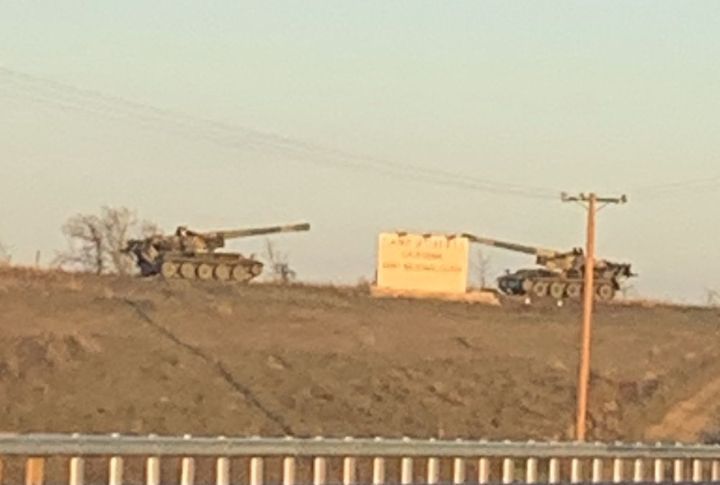
Straddling the line between San Luis Obispo and Monterey counties is Camp Roberts which is vast and sparsely populated. This National Guard training base offers wide-open spaces for drills, and its remote location ensures minimal distractions. However, the attempt to negate all distractions has resulted in rustic accommodations that might make you nostalgic for the smallest towns.
Joint Base Elmendorf-Richardson, Alaska
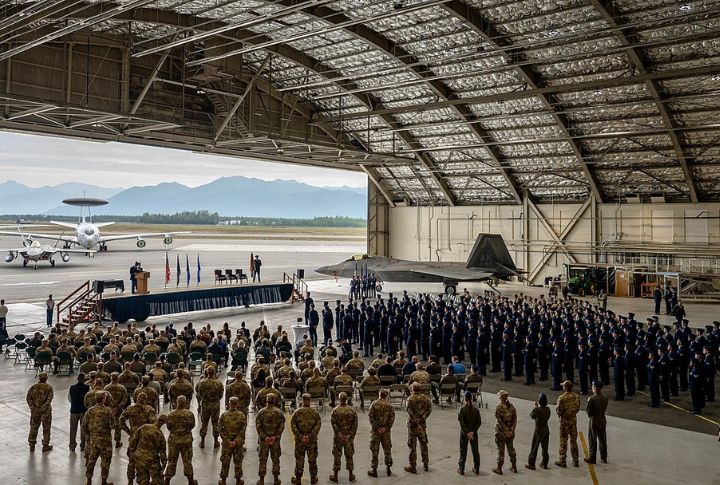
Anchorage may be nearby, but JBER’s vast wilderness setting feels isolated enough, with a surrounding terrain that is as rugged as it gets. The harshness of the terrain makes it ideal for Arctic and mountain warfare training. Wildlife sightings are frequent, but so is the sense that the rest of the world is just a little too far away.
Yuma Proving Ground, Arizona
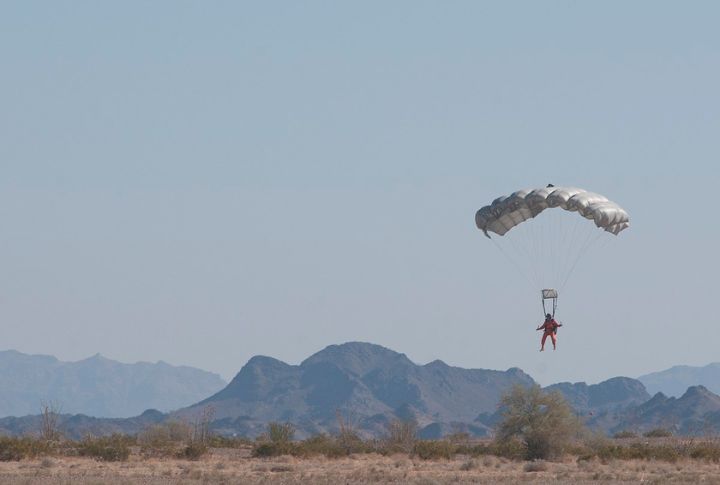
Yuma Proving Ground is spread across the Sonoran Desert tests armed forces equipment under the extreme conditions of relentless heat and barren surroundings to make it feel otherworldly. Armed forces equipment isn’t the only thing that gets tested either, as the people operating those equipment also get a crash course in keeping their gear operational in inhospitable climates.
Naval Air Weapons Station China Lake, California
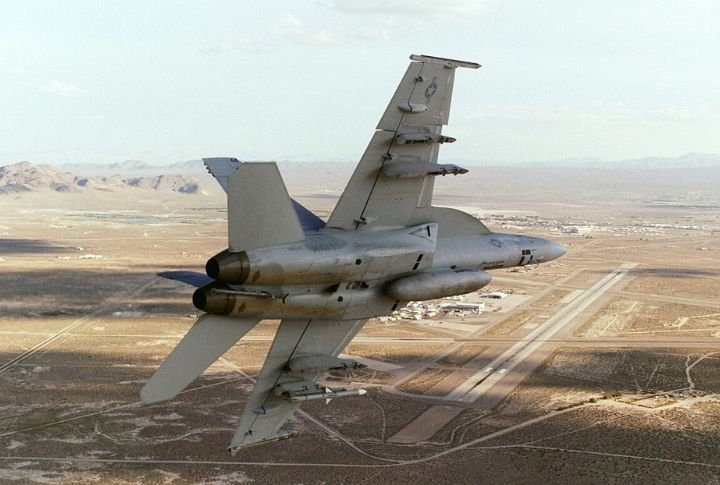
This base sprawls across the Mojave Desert, where Uncle Sam’s Wunderwaffe is developed and tested. It is because the location’s seclusion ensures safety and secrecy; however, it also means the nearest grocery store is a serious drive away, and the only ones to give you company are jackrabbits and tumbleweeds.
Fort Huachuca, Arizona
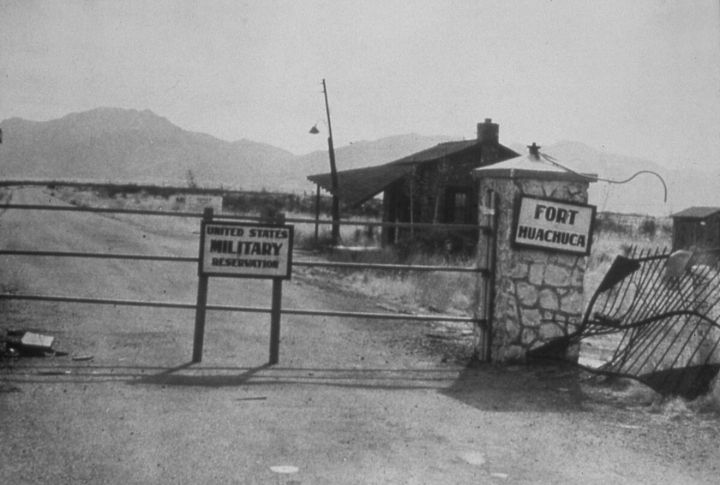
Situated in southern Arizona, arid mountains and deserts, which turn out to be excellent backdrops for armed forces intelligence training and testing unmanned aircraft systems surround Fort Huachuca. The remoteness of the location ensures focus but also makes it clear that entertainment isn’t on the itinerary.
Schriever Space Force Base, Colorado
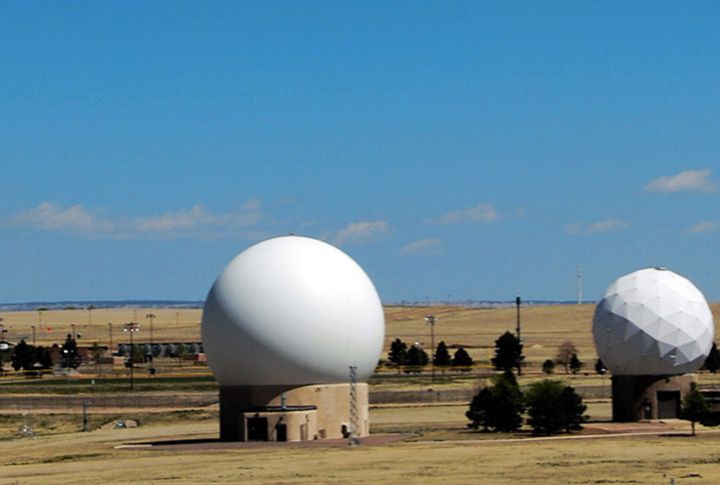
Just outside Colorado Springs, Schriever SFB controls military satellites. Despite its critical role, the base feels worlds away from urban life, where its remote prairie surroundings ensure minimal interference. This makes the Schriever Space Force Base perfect for cosmic-level operations—and equally cosmic levels of solitude.
Fort McCoy, Wisconsin
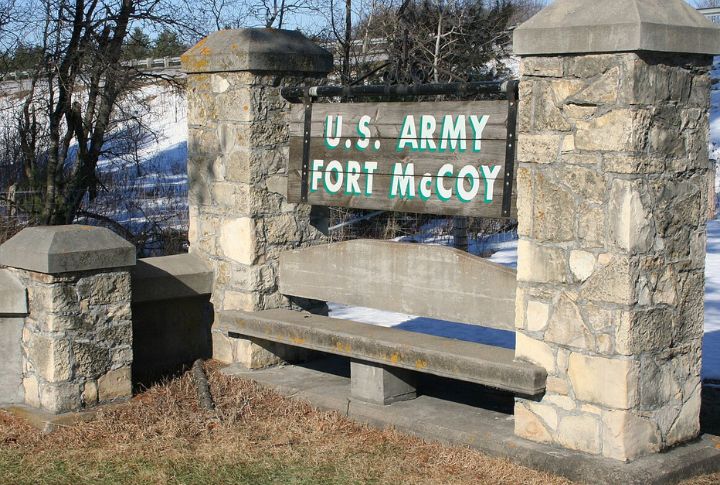
Fort McCoy is tucked between the small towns of Sparta and Tomah. A training hub, surrounded by rural charm—and not much else. The isolation of its location ensures that training exercises can be conducted without much worry about prying eyes. While it’s beautiful in its own way, the nearest Starbucks feels like a distant dream.
Kwajalein Atoll, Marshall Islands
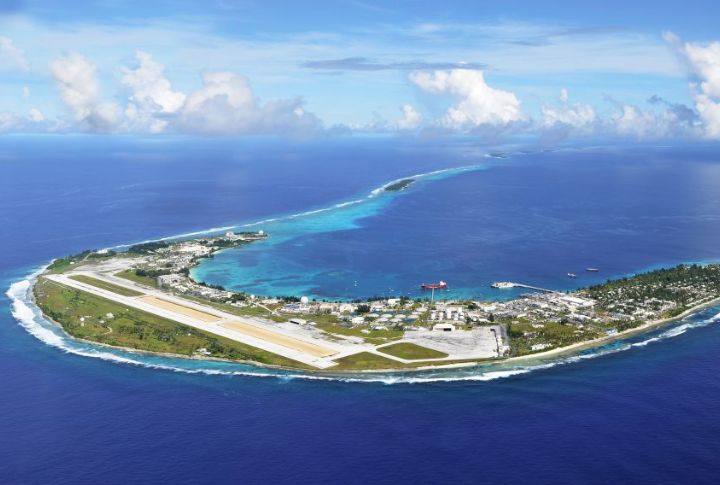
Technically outside the U.S., Kwajalein Atoll serves as a missile testing site due to its remote Pacific location. This far-out location ensures nothing’s in the way of the vengeful mock warheads except water. The irony of living an island life while training to end the world in a nuclear firestorm is not lost on its occupants.
Thule Air Base, Greenland
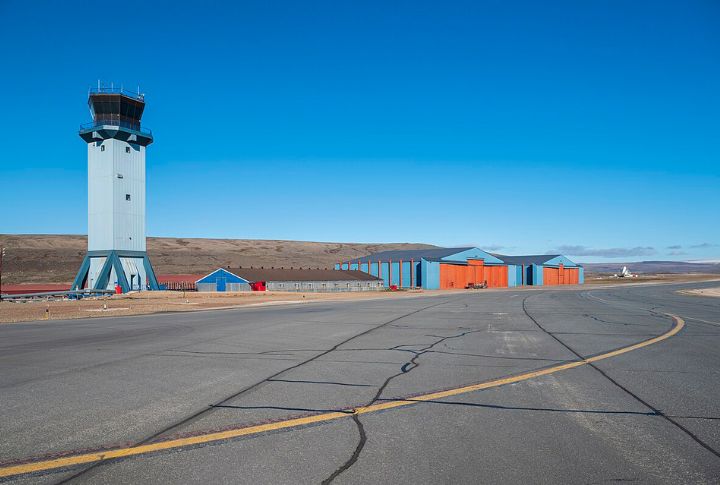
Thule is the U.S. armed forces’s northernmost base, located in Greenland and surrounded by icy tundra. The low air density and low levels of pollution help support its missile warning and space surveillance missions. Its stark Arctic beauty can be humbling—and a constant reminder of just how far away “anywhere else” really is.
